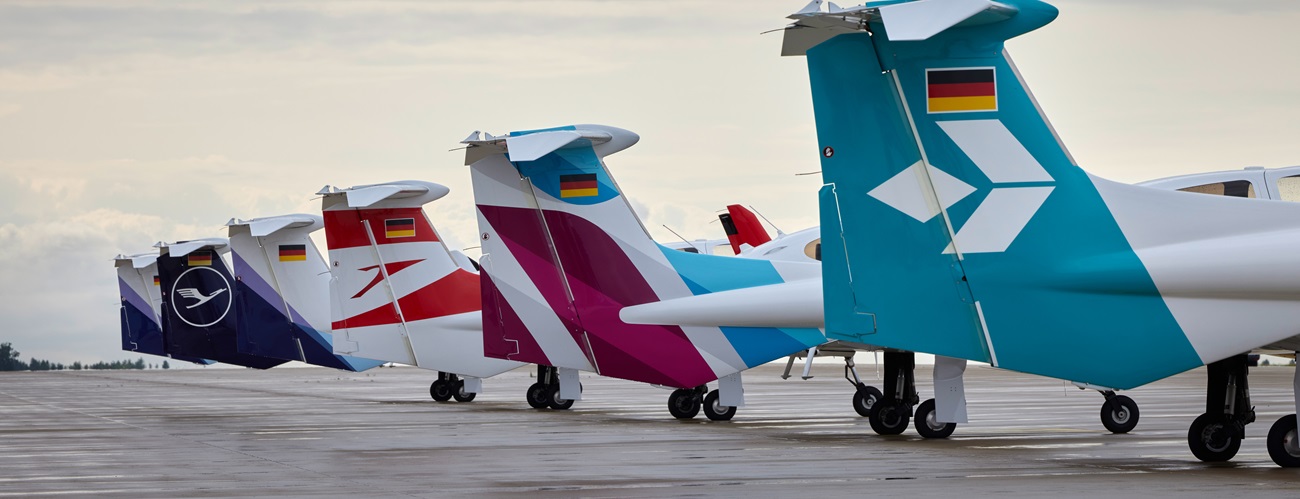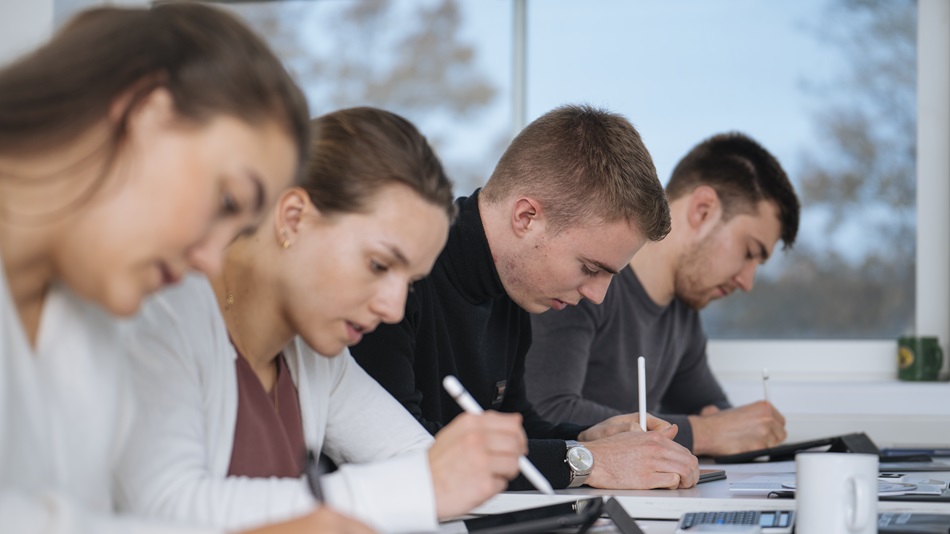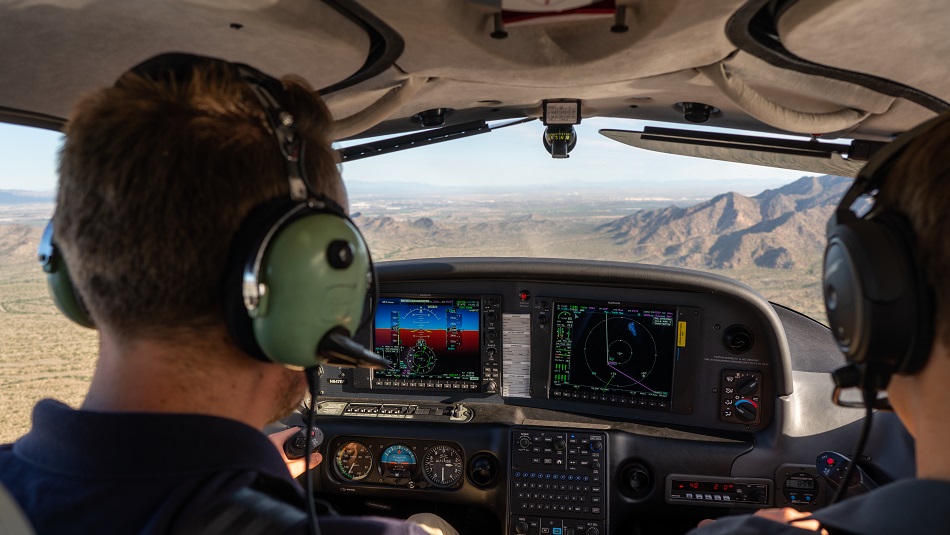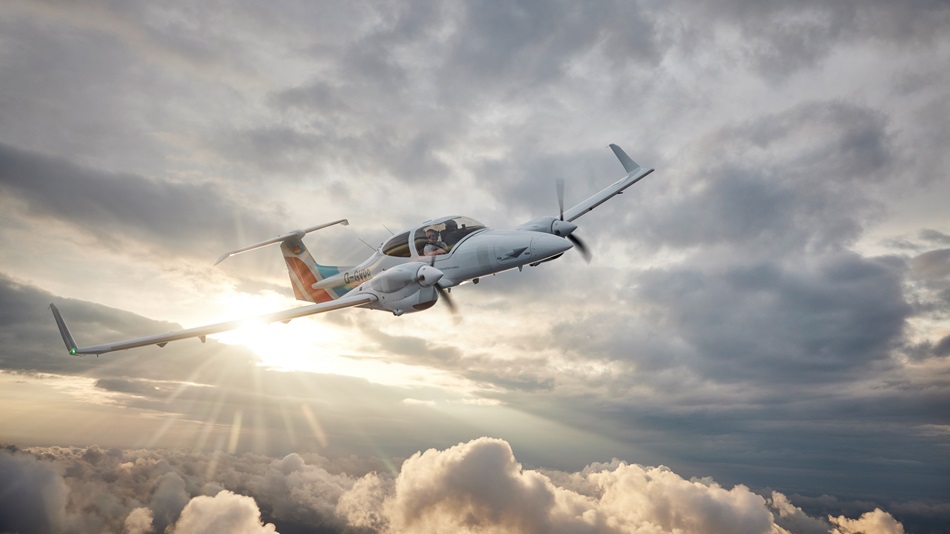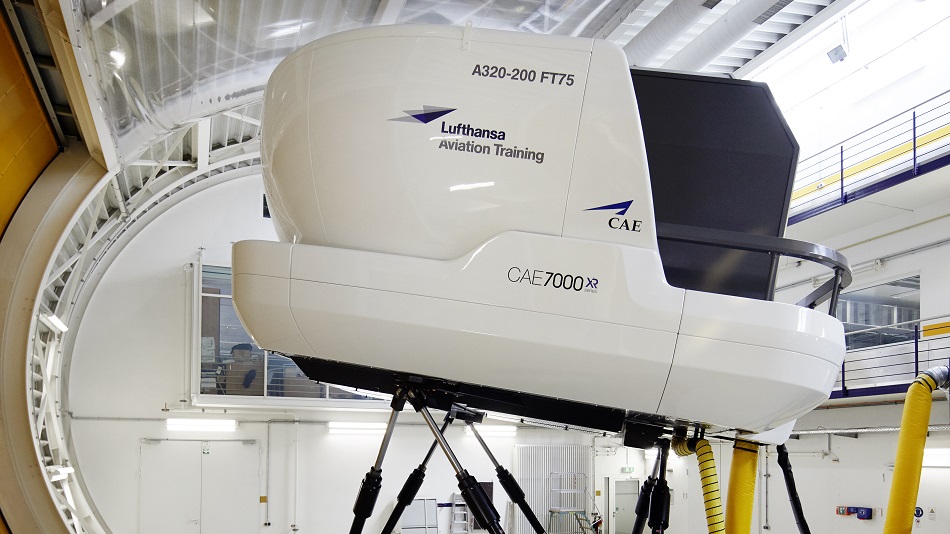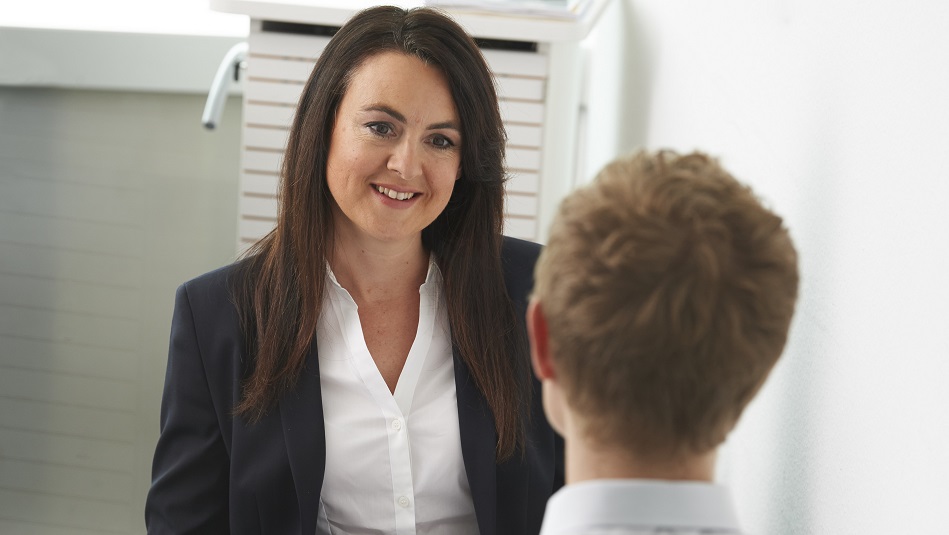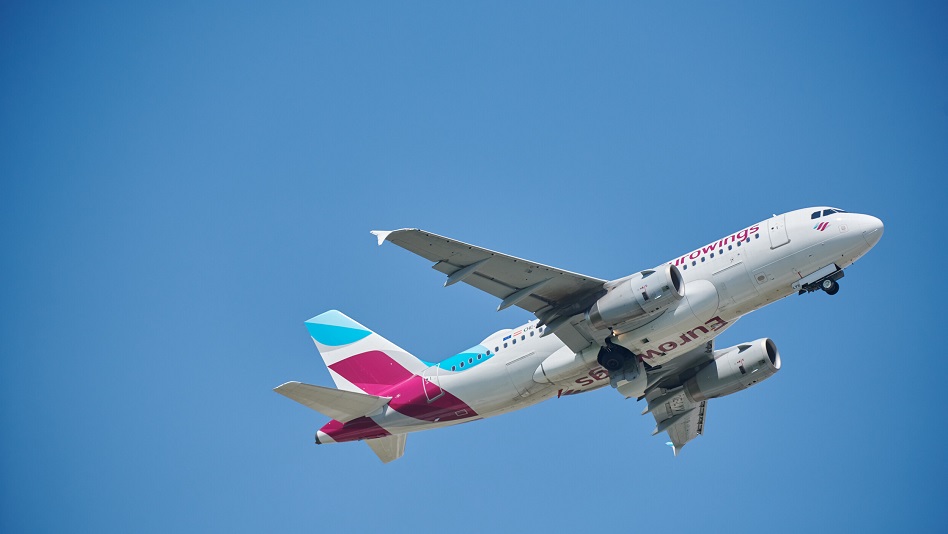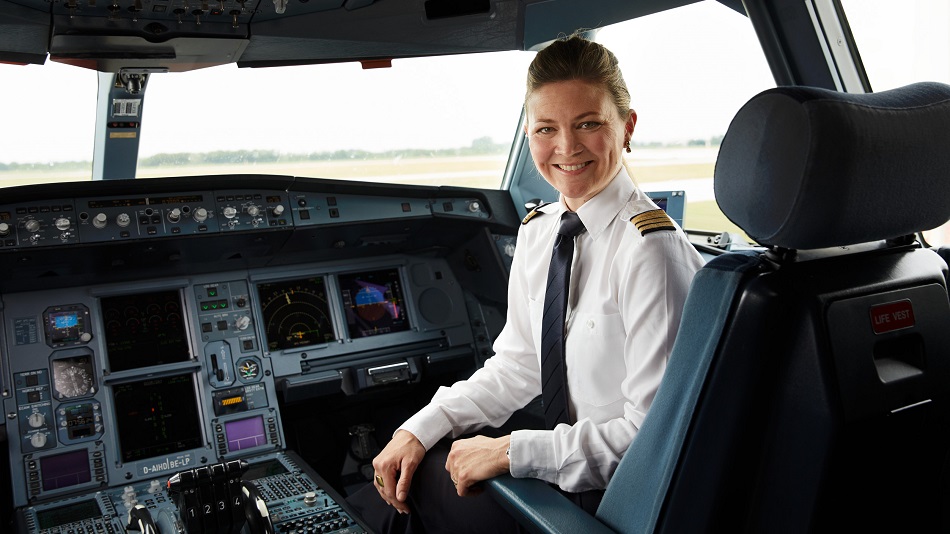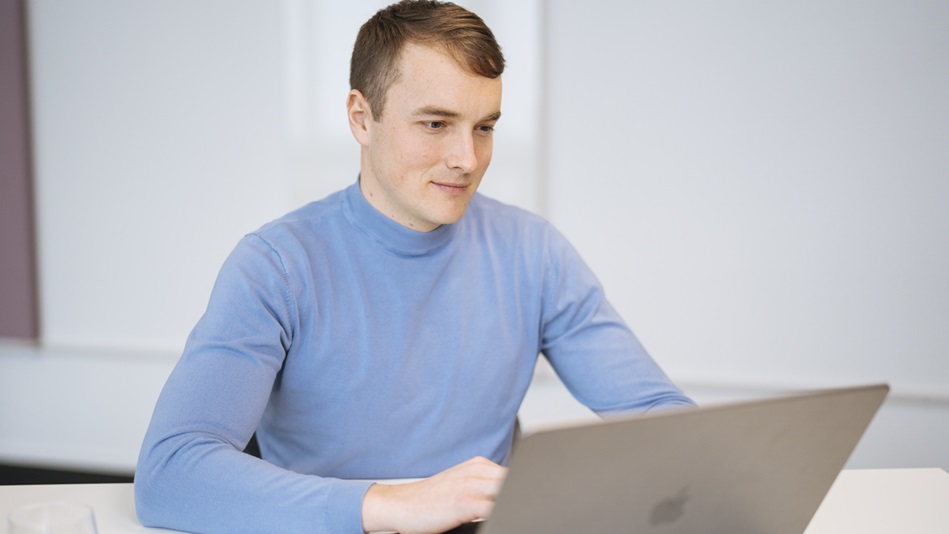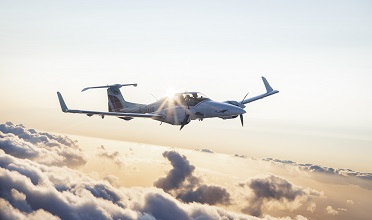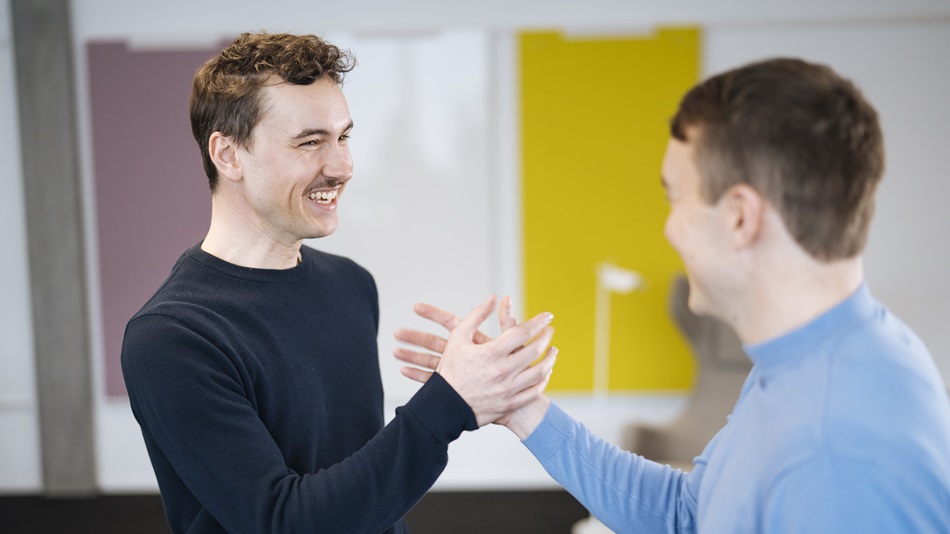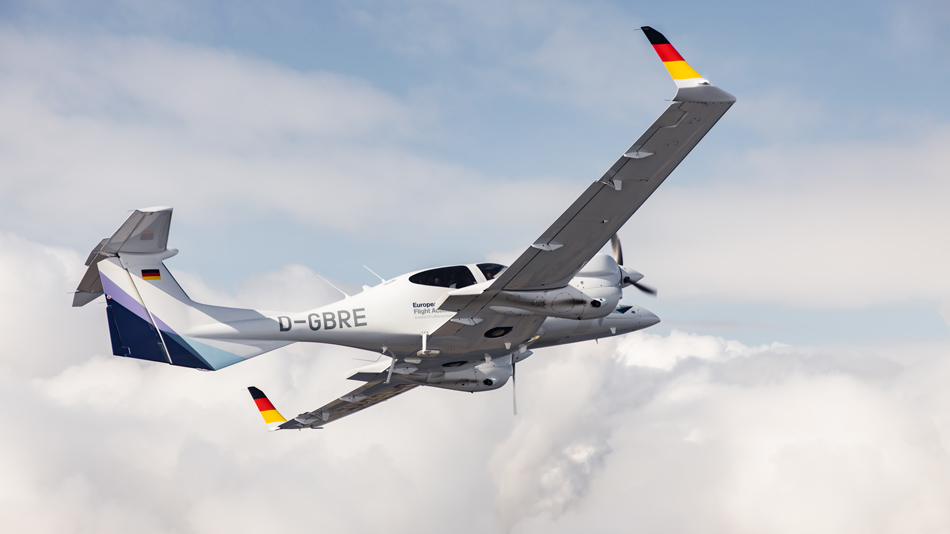Details on the training progression
The phases of the training in Germany in detail
When will I take a seat in the cockpit for the first time? Where does my theoretical training take place? Which exams do I have to pass? Here you can find an overview of the information on the individual training phases.
By the way: We support you in your search for accommodation by providing recommendations and housing offers, and usually the search goes very smoothly for our students. Which means you do not need to be worried about a change of location.


